SUMMARY
This is AI generated summarization, which may have errors. For context, always refer to the full article.

MANILA, Philippines – The Quezon City Police District (QCPD) replaced its police personnel involved in the violent dispersal of protesting college students.
“Pansamantala ay pinalitan natin ng mga bagong CDM (Civil Disturbance Management) contingent ang mga nakatalaga sa HOR (House of Representatives) na siyang nangangalaga ng kaayusan at kapayapaan sa paligid ng House of Representatives at magpapatupad ng mga probisyon ng Batas Pambansa 880,” the police district said in a a statement on Tuesday, February 13.
(Temporarily, we replaced with a new CDM contingent those personnel in the HOR assigned to ensure peace and order at the perimeter of the House of Representatives and enforce Batas Pambansa No. 880.)
In response to Quezon City Mayor Joy Belmonte’s order, the QCPD also launched a probe into its cops to check if the personnel in the violent dispersal of Polytechnic University of the Philippines (PUP) students violated Philippine National Police (PNP) procedures. The cops will undergo the Internal Affairs Service’s investigation.
On Monday night, February 12, Belmonte condemned the violent dispersal, saying such acts have “no space” in the city. The mayor added that Quezon City is a safe space where people can freely hold assemblies and express themselves.
“Pinaalalahanan ko rin si QCPD chief [Brigadier] General Red Maranan na hindi natin kukunsintihin ang ganitong gawi. Agad namang inatasan ni [Briagadier] General Maranan ang Internal Affairs Service na imbestigahan kung may paglabag sa Police Operational Procedures,” Belmonte said.
(I also reminded QCPD chief Brigadier General Red Maranan that we will not condone acts like these. Brigadier Maranan immediately ordered the Internal Affairs Service to probe into any possible violations committed under the Police Operational Procedures.)
Belmonte said Maranan already met with the commander of the Batasan police station and told him to teach his subordinates how to deal with protests properly.
The QC mayor’s remarks have weight because under section 49(b) of Republic Act No. 6975 or the Department of the Interior and Local Government Act of 1990, city or town mayors can “exercise operational supervision and control over PNP units in their respective jurisdiction.”
This was not the first time Belmonte went against QC cops. On multiple occasions, Belmonte raised concerns over the actions committed by the QCPD:
- In 2021, Belmonte asked then-QCPD chief Brigadier General Antonio Yarra to explain why the police blocked protesters from reaching the final destination originally agreed upon by all parties for rallies on the day of the State of the Nation Address that year.
- In August 2023, the QC mayor slammed the police district for providing a platform to a former cop in a viral road rage video to explain himself.
- Belmonte ordered an investigation into the QCPD personnel involved in the leakage of the video, showing the retrieval of the late actor Ronaldo Valdez’s bloodied body in December 2023.
The Commission on Human Rights (CHR), in a statement on Monday, also expressed concern over the incident. The constitutional commission gave reminders that civilians, like students, have a constitutional right to peaceably assemble.
“While the Commission recognizes the role of law enforcers in ensuring peace and security across the nation, it is important to take note that this comes with the responsibility of being committed to a human rights-based approach,” the CHR said.
The Makabayan bloc, consisting of various progressive groups, also slammed the violent incident. The group also called for the relief of Lieutenant Colonel Jerry Castillo, Batasan police commander, saying that “more violence can be expected if such actions remain without any measure of accountability.”
What happened
On Monday, PUP students held a protest at the Batasan to raise concerns over the National Polytechnic University (NPU) bills being deliberated by the lower chamber’s committee on higher and technical education. The bills seek to declare PUP, one of the premier state universities in the country, as a national university that will pave the way for better funding.
But the QCPD cops welcomed the protest with force – they chased the students with truncheons and riot shields, and then cornered and dispersed them brutally, the bloc said. The students were unable to hold a program, and at least seven suffered from wounds and bruises.
The protest was a way of PUP students to support the provisions mandating a higher budget for PUP, and to protest against the provisions that will allow the state university to enter into joint ventures with private entities for profit. Other concerns raised by the students were privatization and imposition of fees. The Makabayan bloc added that students were not properly consulted about the said policies before the Monday hearing.
PUP’s official student publication, The Catalyst, captured the violent dispersal, where the cops were seen pushing the students and hitting them with truncheons.
What is right to assemble, maximum tolerance?
The right to assemble is a constitutionally enshrined right under the bill of rights. Article III, section 4 of the 1987 Constitution states that “no law shall be passed abridging the freedom of speech, of expression, or of the press, or the right of the people peaceably to assemble and petition the government for redress of grievances.”
Holding rallies in the Philippines, however, is regulated by law. The Public Assembly Act of 1985‘s section 4 states that a written permit is necessary to organize a public assembly in a public place, but won’t be needed if the assembly will be held in a freedom park. But the same law mandates peaceful dispersal of assemblies.
“Definitely, the police went beyond, and even violated, the requirements of the Constitution and the Public Assembly Act. It was a peaceful demonstration, and regardless of whether they have a rally permit or not, they cannot be dispersed by the police,” National Union of Peoples’ Lawyers president Ephraim Cortez told Rappler.
“The Public Assembly Act (BP 880) allows dispersal when a demonstration is violent. If it is peaceful, the policy is to observe maximum tolerance,” he added.
Police officers are also mandated to observe maximum tolerance – which means that all law enforcers should observe the highest degree of restraint during public assemblies or dispersals.
The PNP operational procedures, which govern how the police should exercise their duty in protecting citizens, also mandate the police to exercise maximum tolerance. – Rappler.com
Add a comment
How does this make you feel?

![[OPINYON] Tungkol sa naging viral na social media conjecture](https://www.rappler.com/tachyon/2024/07/thought-leaders-conjecture-07262024.jpg?resize=257%2C257&crop_strategy=attention)

![[EDITORIAL] Apat na taon na lang Ginoong Marcos, ‘di na puwede ang papetiks-petiks](https://www.rappler.com/tachyon/2024/07/animated-bongbong-marcos-2024-sona-day-carousel.jpg?resize=257%2C257&crop=280px%2C0px%2C720px%2C720px)

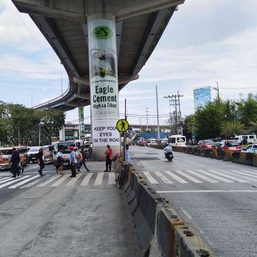
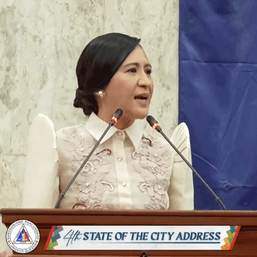

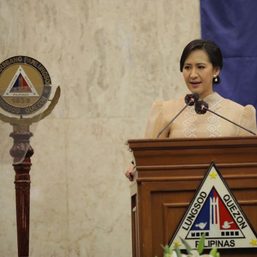
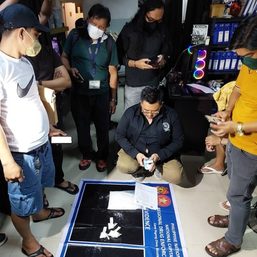
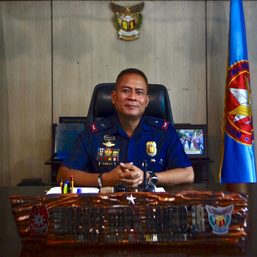
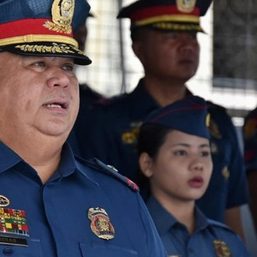
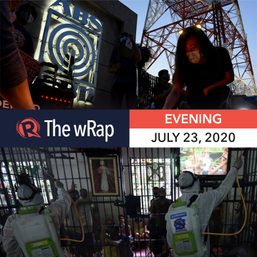





There are no comments yet. Add your comment to start the conversation.